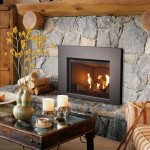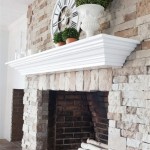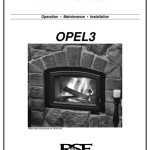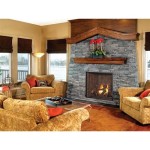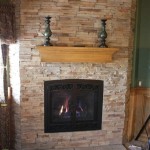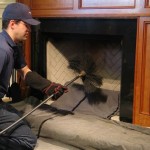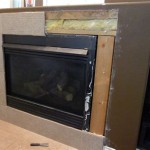Fireplace Heatilator Inserts for Wood: A Guide to Efficient Heating
Fireplace heatilator inserts are a popular choice for homeowners looking to enhance the efficiency of their existing fireplaces. These inserts act as a “heatilator” by channeling warm air from the firebox into the room, effectively distributing heat throughout the space. The heatilator design provides a significant improvement over traditional open fireplaces, which often allow a substantial amount of heat to escape up the chimney. This article will explore the benefits, considerations, and installation process of wood-burning heatilator inserts.
Benefits of Fireplace Heatilator Inserts
Fireplace heatilator inserts offer several advantages over traditional fireplaces:
- Increased Heating Efficiency: By capturing and distributing heat that would otherwise escape, heatilator inserts significantly improve the heating efficiency of a fireplace. They can effectively heat an entire room or even multiple rooms, making them a valuable addition to a home's heating system.
- Improved Safety: Heatilator inserts are enclosed, reducing the risk of sparks or embers escaping into the room. They also typically include safety features like a screen and glass doors, providing an additional layer of protection.
- Aesthetic Appeal: Heatilator inserts come in various designs and styles, allowing homeowners to choose an option that complements their existing fireplace and décor. Modern inserts often feature sleek, contemporary designs, while more traditional options evoke a classic charm.
- Environmental Considerations: While wood-burning fireplaces are often associated with environmental drawbacks, heatilator inserts can improve efficiency and reduce emissions. Choosing a model with a certified EPA rating ensures it meets strict emissions standards and contributes to cleaner air quality.
Considerations for Choosing a Wood-Burning Heatilator Insert
When selecting a wood-burning heatilator insert, several factors need to be considered:
- Fireplace Size and Dimensions: The size and dimensions of the existing fireplace will determine the appropriate size and type of insert. Ensure the insert fits properly within the fireplace opening and leaves adequate space for airflow.
- Heating Requirements: Consider the size of the space you want to heat and the desired temperature rise. The heat output rating of the insert should be sufficient to meet your specific needs.
- Fuel Type: While wood-burning is the most common fuel type for heatilator inserts, some models can also accommodate other fuels like gas or pellets. Choose a fuel type compatible with your existing heating system and preferences.
- Emissions Rating: Look for inserts with an EPA rating to ensure they meet specific emission standards. This helps minimize your environmental impact and ensures cleaner air quality.
- Safety and Accessibility: Consider safety features like screens, glass doors, and easy-to-use controls. Choose an insert with convenient access for loading wood and removing ashes.
- Aesthetic Style: Choose an insert that complements your fireplace and the overall interior design of your home. Consider different materials, colors, and finishes to match your preferences.
Installation Process
Installing a fireplace heatilator insert typically involves the following steps:
- Inspection and Preparation: A qualified professional will inspect your existing fireplace to ensure it's suitable for an insert. This involves checking the chimney's condition, damper, and any structural concerns.
- Framing and Preparation: The area around the fireplace opening will be prepped for the new insert. This might involve building a frame to support the insert and ensure proper fit.
- Chimney Connection: The heatilator insert will be connected to the chimney flue to facilitate proper venting and combustion efficiency.
- Installation of Insert: The insert will be carefully placed within the fireplace opening and secured to the surrounding structure.
- Testing and Commissioning: Once installed, the insert will be tested to ensure proper operation and that the chimney is functioning correctly.
Installing a heatilator insert requires expertise and knowledge. It is crucial to hire a qualified and experienced professional to ensure proper installation and avoid potential safety hazards. They will have the necessary tools and understanding of building codes and regulations to ensure a safe and efficient installation.
Fireplace heatilator inserts offer many advantages, from increased heating efficiency to improved safety. By carefully considering the options available and choosing a qualified installer, homeowners can enjoy the benefits of a more efficient and enjoyable fireplace experience.

Heatilator Wood Burning Insert Atmosphere

Heatilator Accelerator 42 Traditional Heat Circulating Wood Burning F Us Fireplace

Heatilator Wood Burning Insert Atmosphere

Heatilator Wood Burning Fireplaces Hearthside

Heatilator Fireplaces Canadian Home Inspection Services

Heatilator Birmingham 50

Heatilator Heirloom Gas Fireplace Fireside Hearth Home

Heatilator Element 36 Inch Wood Burning Fireplace

Heatilator Birmingham Wood Fireplace Fireside Hearth Home

Update Your Heatilator Mark 123 Fireplace In No Time
Related Posts

